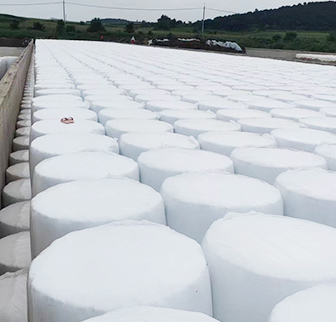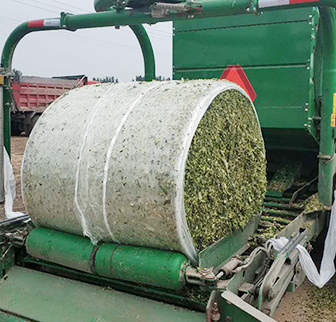The main thing is to ensure that you cut your silage on time and do the job right. Delaying silage cutting has a significant negative impact on quality and the availability of after-grass. Cutting six to seven weeks after nitrogen application provides best results.”
Bale yield increases from 24 to 43 bales/ha when harvest is delayed by one month, representing an increase of 19 bales/ha or eight bales/ac. This increase in yield is at the expense of quality, which falls from 77% DMDto 68.7% DMD resulting in reduced milk, beef or lamb yields. The data is based on research carried out by Teagasc.
For lads making large amounts of bales, for example 500 bales, it is best to break the procedure up into three allotments for less risk. In this way, one lot will be done bang on time and finished quickly – so it will make good-quality silage to be fed to dairy cows or finishing stock.
The last allotment of silage, if the weather is bad, could be way off time-wise and so quality will not be good. This lot should be allocated to dry cows over the winter. This reduces the risk to silage quality overall and ensures all is not lost if the weather breaks.
One of the most important tips is to buy a wire brush and brush bale handling equipment prior to baling to get rid of rust. Bales damaged by rust or sharp edges on equipment are reduced in quality and have increased mould. It is also recommended that bales are handled with care to avoid silage film damage.
Finally, the use of Net Replacement Film (NRF) is recommended over standard silage netting.
“The Net Replacement Film (NRF) provides for better-quality bales, as it keeps the bale packed tighter with less air inside. There are two layers of film at the weakest point of the bale, making it more secure.

